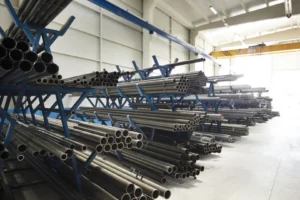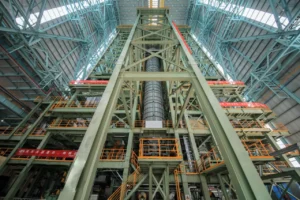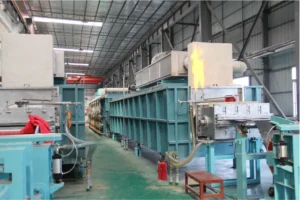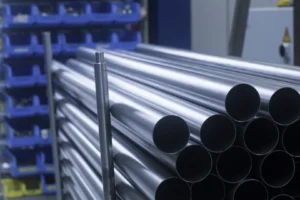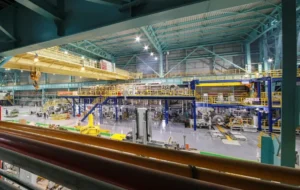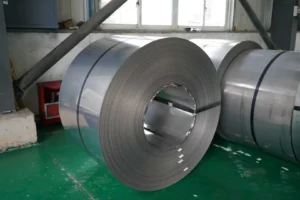Heavy Gauge Coil Slitting Services: High-Volume Capacity
Struggling with large-scale production demands? Thick steel coils are tough to customize, slowing you down. We offer precision slitting services[^1] that boost your operational capacity and efficiency.
Heavy gauge coil slitting services are critical for high-volume capacity because they precisely cut thick master coils into narrower, customized strips. This process optimizes material usage, reduces waste, and provides ready-to-use raw materials for large-scale manufacturing in sectors like automotive, construction, and heavy machinery.
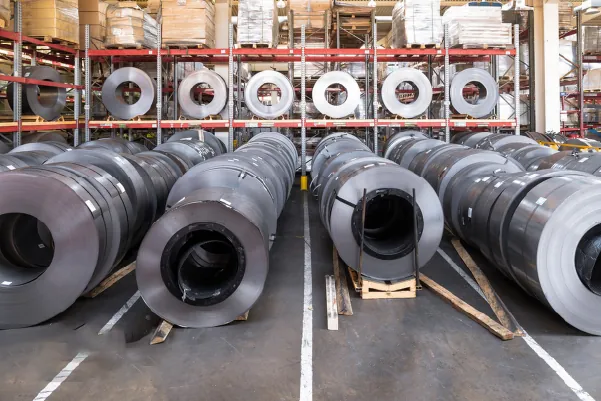
In my role at MFY, I've seen firsthand how the right processing capabilities can transform a supply chain. The ability to handle heavy gauge materials isn't just a service; it's a strategic advantage that underpins the efficiency and scalability of modern industry. As manufacturing evolves, the demand for precision-cut, high-strength steel is surging. Let's explore why this service has become so indispensable and how it addresses the core needs of today’s most demanding sectors.
What Exactly Are Heavy Gauge Coil Slitting Services?
Need custom-width steel but master coils are too big? This creates a bottleneck in your production line. Slitting services provide the exact dimensions you need, right when you need them.
Heavy gauge coil slitting is a metalworking process where a wide, thick master coil of stainless steel is fed through a slitter machine. The machine uses rotary knives to make precise longitudinal cuts, creating multiple narrower strips, or "mults," from the original coil.
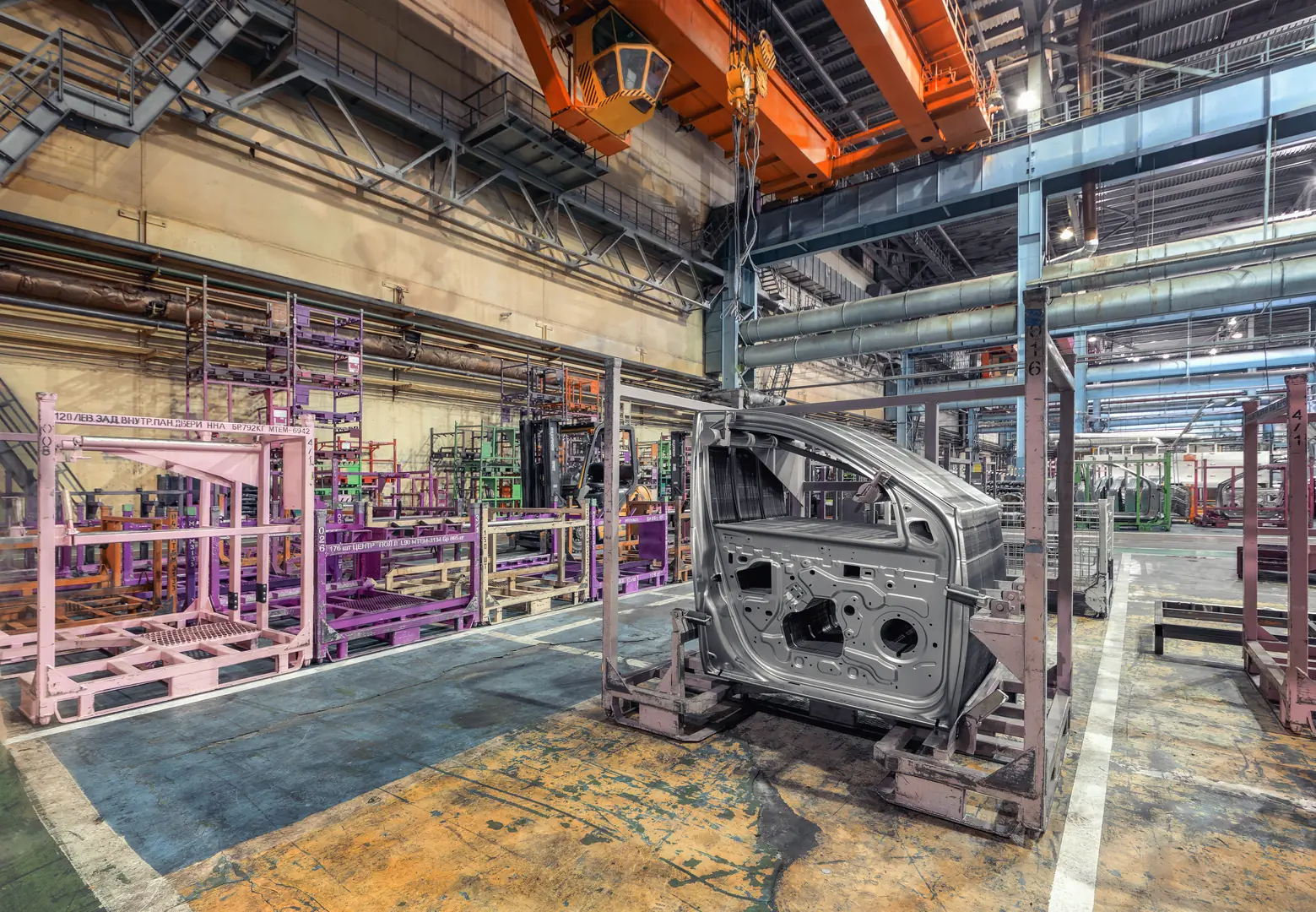
At its core, slitting is about transformation and optimization. It takes a standardized industrial product—the master coil—and turns it into a bespoke component tailored for a specific application. This is especially important for heavy gauge materials, which are thicker and more robust, making them essential for applications requiring strength and durability. The process allows manufacturers to avoid the capital expenditure of owning and operating their own slitting lines, which are complex and require significant expertise. By outsourcing this step, they can focus on their core production activities.
The Slitting Process in Action
The process begins by loading a massive master coil onto an uncoiler. The steel is then fed through the slitter head, which contains a set of precisely spaced rotary knives. As the steel passes through, these knives make clean, continuous cuts. The newly formed narrower strips are then rewound onto a recoiler, creating finished coils that meet the exact width specifications of the customer. This precision is vital, as even minor deviations can disrupt automated manufacturing lines downstream.
The Value Proposition for Manufacturers
The primary value is efficiency. Instead of purchasing oversized sheets and generating scrap by cutting them down, manufacturers receive material that is already optimized for their process. I remember a client in the heavy machinery sector who reduced their material waste by nearly 20% after switching to our slitting services. This translates directly into cost savings and a more sustainable operation.
| Feature | Master Coil | Slitted Coils |
|---|---|---|
| Width | Standardized, very wide | Customized to exact specs |
| Usability | Requires further processing | Ready for production line |
| Material Waste | High potential for scrap | Minimized |
| Efficiency | Lower for custom jobs | Maximized for specific parts |
What Are the Current Trends in High-Volume Coil Slitting?
Is your supply chain keeping up with modern demands? Old methods are slow and wasteful, hurting your competitiveness. The industry is moving towards automation, precision, and integrated services for efficiency.
Current trends include increased automation for higher throughput, the integration of advanced sensor technology for superior precision, and a growing demand for just-in-time delivery. There is also a shift towards service providers who offer a fully integrated supply chain, from raw material to finished product.
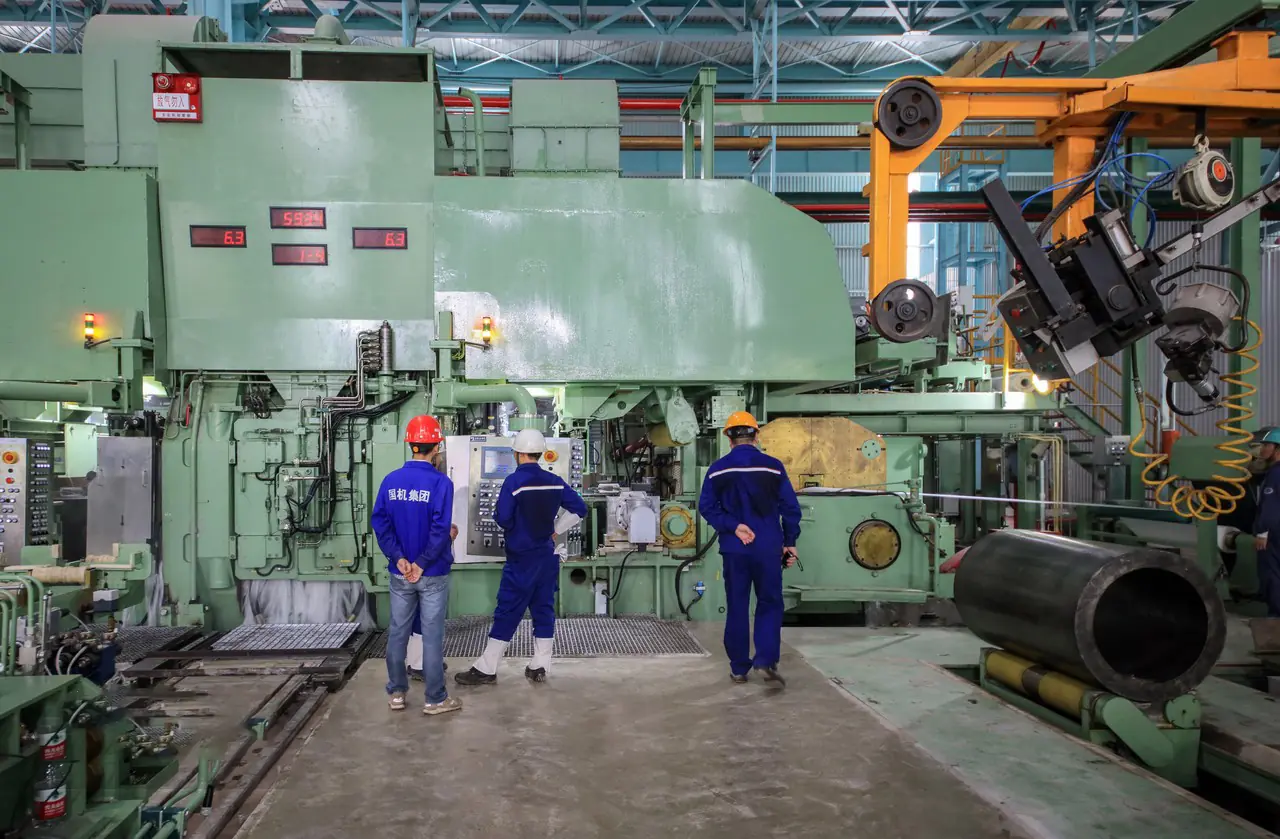
The world of industrial materials is not static; it evolves with technology and market needs. In high-volume slitting, the push for leaner, more agile manufacturing is driving significant changes. Companies can no longer afford inefficiencies in their supply chain. They need partners who can not only process steel but also add value through technology and seamless integration. This is where we at MFY are focusing our efforts, ensuring our capabilities align with the future of manufacturing.
Automation and Precision
The biggest trend is the move towards fully automated slitting lines. Automation reduces manual handling, which minimizes the risk of surface damage and improves safety. More importantly, it dramatically increases throughput. Modern lines integrated with advanced sensors and control systems can monitor tension, speed, and knife clearance in real-time. This data-driven approach ensures exceptional tolerance and consistency, which is a non-negotiable requirement for industries like automotive, where every component must fit perfectly.
The Rise of Integrated Services
I was recently talking to a partner in the automotive sector in Germany, and they emphasized that they no longer just look for a supplier; they look for a strategic partner. This is why the trend of integrated services is so powerful. Clients want a single point of contact that can manage the entire process—from sourcing the right grade of stainless steel to slitting it to their exact specifications and delivering it just-in-time to their factory floor. This end-to-end model, which is central to MFY's vision, simplifies logistics, improves accountability, and provides greater supply chain resilience.
What Are the Challenges in Handling Heavy Gauge Coils for High-Volume Slitting?
Think handling thick steel is easy? These massive coils are heavy and difficult to manage, posing safety and quality risks. Proper equipment and expertise are essential to avoid costly mistakes.
Key challenges include managing the immense weight and size of the coils, which requires robust machinery. Other issues are ensuring consistent cut quality, minimizing burr and camber, preventing surface damage during handling, and managing the significant operational stress on the slitting equipment.

Working with heavy gauge stainless steel is a different ball game compared to lighter materials. The forces involved are immense, and the potential for error is high. A single mistake can damage an entire coil worth tens of thousands of dollars or, worse, lead to a serious safety incident. Overcoming these challenges requires not just heavy-duty equipment but also deep process knowledge and a culture of meticulous attention to detail.
Material Handling and Safety
A master coil of heavy gauge steel can weigh over 25 metric tons. Moving, loading, and unloading these coils requires specialized cranes, forklifts, and coil cars. The entire process must be carefully choreographed to prevent accidents and avoid damaging the material. Scratches, dents, or edge damage can render the steel unusable for applications where surface finish is critical.
Maintaining Quality at Scale
Achieving high-quality cuts consistently across thousands of meters of steel is a significant technical hurdle. The knives on the slitter experience extreme wear and must be maintained or replaced regularly. Improper setup can lead to defects that compromise the integrity of the final product.
| Challenge | Potential Impact |
|---|---|
| Burr | Sharp edges that can damage equipment and pose a safety risk. |
| Camber | The tendency of a strip to curve sideways, causing issues in stamping. |
| Coil Set | The natural curvature of the steel, which must be corrected for flatness. |
| Surface Scratches | Cosmetic defects that are unacceptable in many applications. |
What Strategies Can Overcome Challenges in Coil Slitting Services?
Worried about slitting-related defects? Poor processes lead to waste and delays, impacting your bottom line. A strategic approach combining technology, expertise, and quality control is the solution.
Effective strategies include investing in modern, high-tensile strength slitting lines, implementing rigorous preventative maintenance schedules, and employing skilled operators. A robust quality assurance program with in-line monitoring is also critical to ensure consistency and precision from start to finish.

Addressing the challenges of heavy gauge slitting isn't about finding a single magic bullet. It's about building a comprehensive system where technology, people, and processes work in harmony. At MFY, we've built our reputation on this holistic approach. By investing in the right areas and empowering our teams, we turn these challenges into opportunities to deliver superior quality and reliability for our clients around the world.
Investing in the Right Technology
Modern slitting lines are engineered to handle the immense stresses of heavy gauge materials. They feature robust frames, powerful motors, and advanced tension control systems[^2] that are essential for producing high-quality strips. Features like turret-style slitter heads allow for rapid tooling changes, minimizing downtime and boosting productivity. Investing in this kind of state-of-the-art equipment is the foundation of a successful high-volume slitting operation. It’s a significant capital outlay, but the payoff in terms of quality, speed, and capability is undeniable.
The Human Element: Expertise and Training
Technology alone is not enough. The skill of the machine operators is just as critical. A seasoned operator can "read" the material and make micro-adjustments to the line to compensate for slight variations in the master coil. They understand how to set up the knives for a perfect cut with minimal burr. That's why we invest heavily in continuous training for our technical teams. Their expertise is our most valuable asset and a key reason why our clients trust us with their most demanding projects. This combination of advanced machinery and human expertise is what truly sets a world-class service provider apart.
What Are the Technical Recommendations for Enhancing Slitting Capacity?
Need to scale up your production? Your current slitting setup might be the bottleneck holding you back. Upgrading key technical components can dramatically increase your throughput and efficiency.
To enhance capacity, focus on high-speed slitting lines with automated coil loading and unloading systems. Use carbide tooling for longevity and precision, and implement tension control systems to handle high-strength materials. Integrating data analytics for process optimization is also highly recommended.
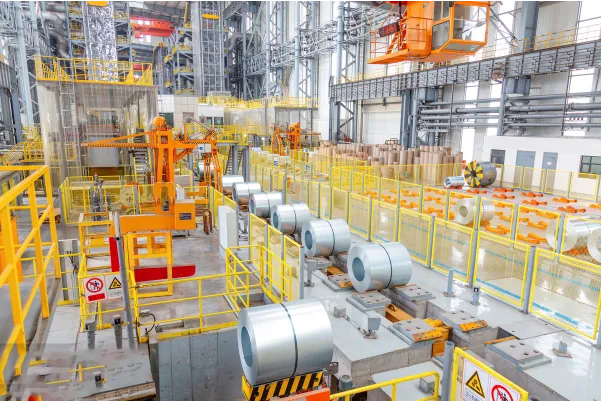
For any business looking to increase its slitting capacity, the focus must be on reducing downtime and increasing line speed without sacrificing quality. This requires a targeted approach to technical upgrades. It's not just about buying a faster machine; it's about optimizing the entire workflow, from the moment a coil arrives to the moment the finished strips are shipped out. I've guided many partners through this process, and the results are always transformative.
Key Equipment Upgrades
The single biggest impact on capacity comes from reducing the time the line is not running. This means focusing on setup and changeover times. An automated slitter head, for example, can prepare the next job while the current one is still running, cutting changeover from an hour to just a few minutes. Similarly, automated banding and packaging lines at the end of the process can keep pace with a faster slitter, preventing bottlenecks.
Process Optimization Through Data
In the age of Industry 4.0, data is a powerful tool for optimization. By equipping a slitting line with sensors to track key performance indicators (KPIs) like runtime, downtime, speed, and waste, you can identify inefficiencies that were previously invisible. This data can be used to refine maintenance schedules, optimize operator practices, and even predict potential equipment failures before they happen, leading to a more reliable and productive operation.
| Technical Recommendation | Primary Benefit |
|---|---|
| Automated Turret Slitter Head | Reduces knife changeover time by over 80%, maximizing uptime. |
| Entry and Exit Crop Shears | Allows for quick removal of off-spec ends of the coil. |
| Advanced Tension Control | Enables higher speeds while maintaining tight, high-quality coils. |
| Real-time Data Monitoring | Provides actionable insights for continuous process improvement. |
Conclusion
In summary, high-volume heavy gauge slitting is essential for modern manufacturing. By understanding the trends, challenges, and solutions, you can partner with an integrated provider like MFY to optimize your supply chain, reduce costs, and gain a significant competitive advantage in the global market.
Have Questions or Need More Information?
Get in touch with us for personalized assistance and expert advice.
